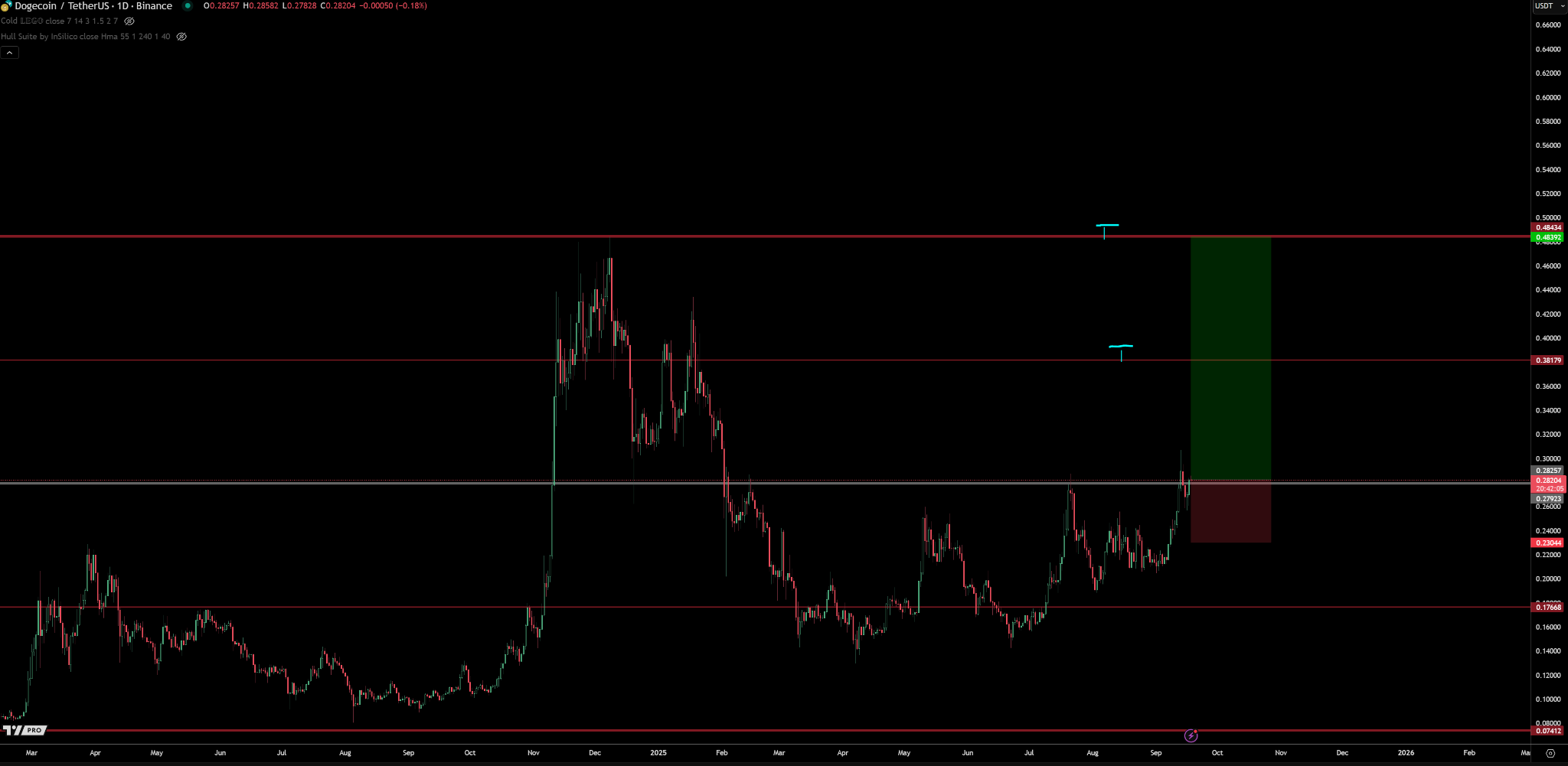Category: Forex News, News
Gold rises as US PCE inflation data fuels Fed rate cut hopes
- Gold price drifts higher in Monday’s early Asian session.
- The US PCE price index rose 2.7% YoY in August, in line with expectations.
- Traders await the Fedspeak later on Monday for fresh impetus.
The Gold price (XAU/USD) extends its upside above $3,750 during the early Asian session on Monday. The precious metal edges higher after the US inflation data came in line with expectations, reinforcing bets that the US Federal Reserve (Fed) may continue with interest rate cuts later this year. Lower interest rates could reduce the opportunity cost of holding Gold, supporting the non-yielding precious metal. Additionally, geopolitical uncertainty could boost demand for safe-haven assets like Gold.
Traders will keep an eye on the Fedspeak later on Monday. Fed Governor Christopher Waller, Cleveland Fed President Beth Hammack, St. Louis Fed President Alberto Musalem, New York Fed President John Williams and Atlanta Fed President Raphael Bostic are set to speak. Any hawkish comments from Fed officials might lift the US Dollar (USD) and undermine the USD-denominated commodity price.
Daily Digest Market Movers: Gold edges higher as US PCE data keeps Fed rate cut bets alive
- US inflation, as measured by the US Personal Consumption Expenditures (PCE) Price Index, rose to 2.7% year-on-year in August from 2.6% in July, the US Bureau of Economic Analysis reported Friday. This figure came in line with the market consensus.
- The core PCE Price Index, which excludes volatile food and energy prices, rose 2.9% year-over-year in August, matching the increase in July and analysts’ estimates.
- On a monthly basis, the PCE and the core PCE increased 0.3% and 0.2%, respectively.
- “Monthly PCE data is in line, though personal income and spending were a tenth above expectations. Nothing from this data will prevent the Fed from carrying on with another cautious rate cut at the October meeting,” said Tai Wong, an independent metals trader.
- Markets are now pricing in nearly an 88% odds of a Fed rate cut in October and a 65% possibility of another reduction in December, according to the CME FedWatch Tool.
Gold’s positive view remains in place, but overbought RSI warrants caution for bulls
Gold price trades in positive territory on the day. The bullish tone of the precious metal remains intact in the longer term, with the price holding above the key 100-day Exponential Moving Average (EMA) on the daily chart. Nonetheless, the 14-day Relative Strength Index (RSI) stands above the midline near 75.90, indicating the overbought RSI condition. This suggests that further consolidation or a temporary sell-off cannot be ruled out before positioning for any near-term Gold upleg.
The crucial resistance level for XAU/USD is seen in the $3,800-$3,810 zone, representing the psychological level and the upper boundary of the Bollinger Band. Sustained trading above this level could take the yellow metal to $3,850.
On the downside, the initial support level for Gold is located at $3,722, the low of September 25. Red candlesticks closing below the mentioned level could expose $3,632, the low of September 19.
Fed FAQs
Monetary policy in the US is shaped by the Federal Reserve (Fed). The Fed has two mandates: to achieve price stability and foster full employment. Its primary tool to achieve these goals is by adjusting interest rates.
When prices are rising too quickly and inflation is above the Fed’s 2% target, it raises interest rates, increasing borrowing costs throughout the economy. This results in a stronger US Dollar (USD) as it makes the US a more attractive place for international investors to park their money.
When inflation falls below 2% or the Unemployment Rate is too high, the Fed may lower interest rates to encourage borrowing, which weighs on the Greenback.
The Federal Reserve (Fed) holds eight policy meetings a year, where the Federal Open Market Committee (FOMC) assesses economic conditions and makes monetary policy decisions.
The FOMC is attended by twelve Fed officials – the seven members of the Board of Governors, the president of the Federal Reserve Bank of New York, and four of the remaining eleven regional Reserve Bank presidents, who serve one-year terms on a rotating basis.
In extreme situations, the Federal Reserve may resort to a policy named Quantitative Easing (QE). QE is the process by which the Fed substantially increases the flow of credit in a stuck financial system.
It is a non-standard policy measure used during crises or when inflation is extremely low. It was the Fed’s weapon of choice during the Great Financial Crisis in 2008. It involves the Fed printing more Dollars and using them to buy high grade bonds from financial institutions. QE usually weakens the US Dollar.
Quantitative tightening (QT) is the reverse process of QE, whereby the Federal Reserve stops buying bonds from financial institutions and does not reinvest the principal from the bonds it holds maturing, to purchase new bonds. It is usually positive for the value of the US Dollar.
Source link
Written by : Editorial team of BIPNs
Main team of content of bipns.com. Any type of content should be approved by us.
Share this article:










